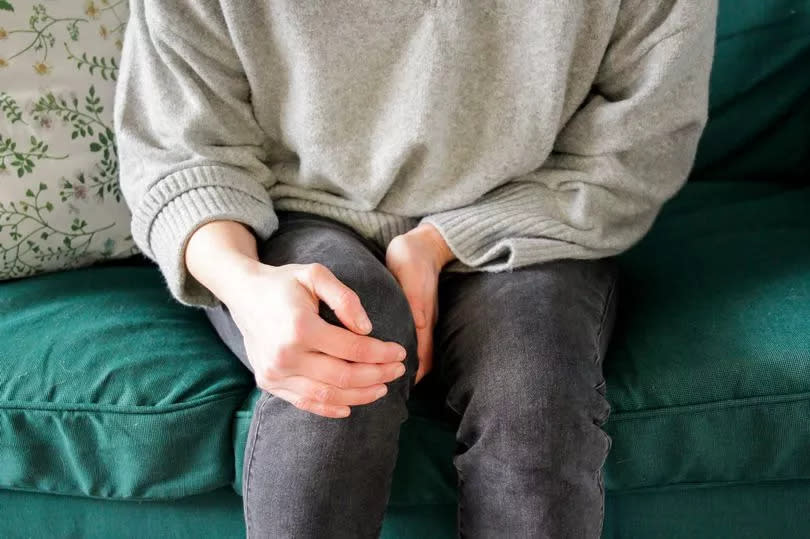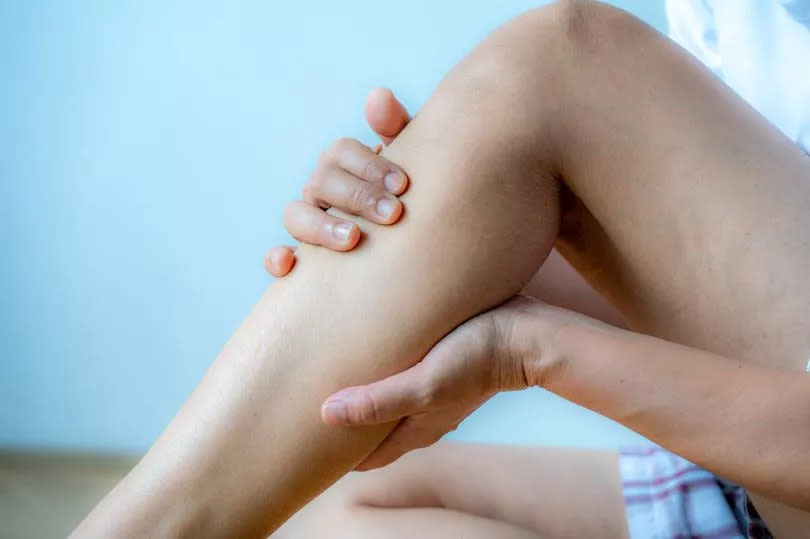Six high cholesterol red flag signs to know that can appear in the legs

High cholesterol is a serious health issue that shouldn't be ignored and can manifest itself all over the body - including legs.
Elevated cholesterol, also known as hypercholesterolemia, occurs where there's an excess of the fatty substance in the blood. While it might not cause immediate issues, over time it can lead to severe health complications, including heart attacks and strokes.
Cholesterol build-up can obstruct arteries, hindering proper blood flow, which significantly increases the risk of cardiovascular diseases, which are responsible for nearly 18 million deaths around the world each year - about one-quarter of all UK deaths.
The most concerning factor is that high cholesterol typically doesn't present any symptoms, leading to many cases going unnoticed. Most people only discover they have high cholesterol after experiencing a related medical emergency or through testing by their GP, reports Gloucestershire Live.
The NHS states: "High cholesterol does not usually cause symptoms. You can only find out if you have it from a blood test."
Nevertheless, there are certain red flags that, if detected early, could be lifesaving - one being the onset of a condition known as peripheral arterial disease (PAD). It is a common condition where fat deposits in the arteries restrict blood flow to the leg muscles, according to an NHS summary.
Six signs of high cholesterol that appear in the legs

While PAD doesn't always present symptoms, it can cause signs that appear in the legs. The NHS has identified six such signs, which are laid out below.
A painful ache in the legs
Hair loss
Numbness or weakness
Ulcers (open sores) on your legs, which do not heal
Changing skin colour on your legs, such as turning paler than usual or blue
The muscles in your legs shrinking (wasting).
The health body states: "The symptoms of PAD often develop slowly, over time," says the health body. "If your symptoms develop quickly, or get suddenly worse, it could be a sign of a serious problem requiring immediate treatment."
A painful ache when walking is the most common of these signs. According to the NHS, this pain "usually" subsides after resting for a few minutes and discomfort can vary from mild to severe and typically eases after resting your legs for a few minutes.
It adds: "Both legs are often affected at the same time, although the pain may be worse in one leg."
Other symptoms of PAD can include shiny skin and erectile dysfunction. Having PAD also increases the risk of coronary heart disease, the leading cause of death among cardiovascular diseases in the UK.
How to prevent PAD
If you're concerned about your cholesterol levels, you should speak to your doctor. To lower your cholesterol levels, the NHS suggests:.
Eating less fatty food
Eating a healthy balanced diet
Exercising more
Stopping smoking
Cutting back on alcohol
Join the Daily Record's WhatsApp community here and get the latest news sent straight to your messages.

 Yahoo News
Yahoo News 
